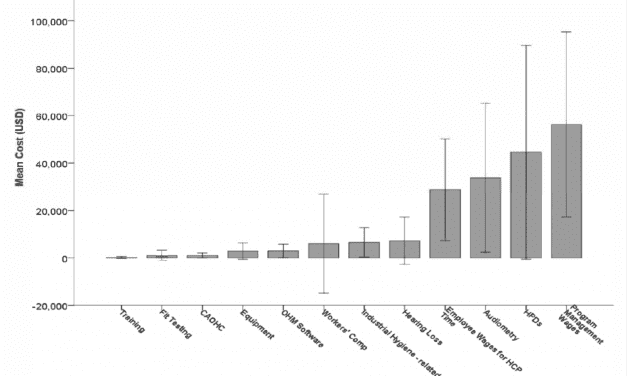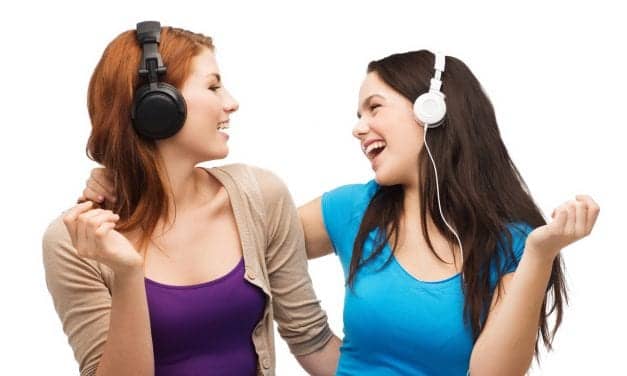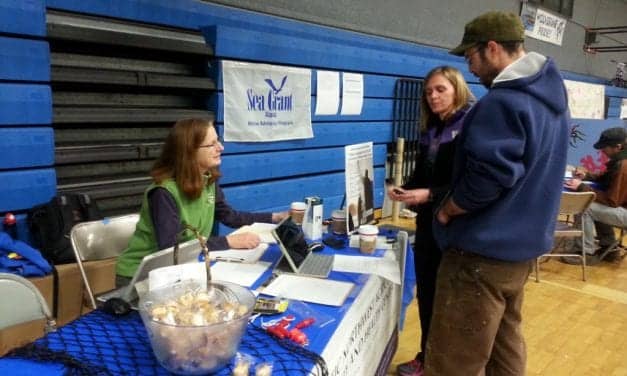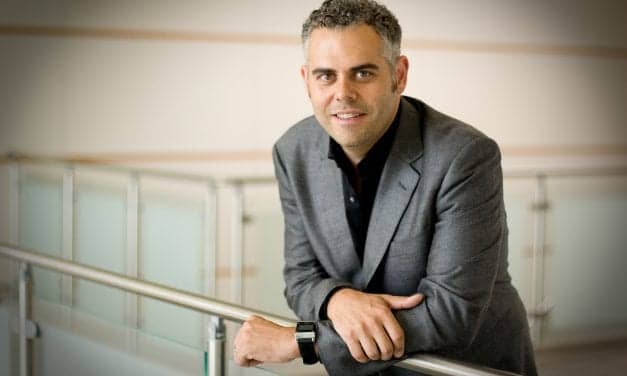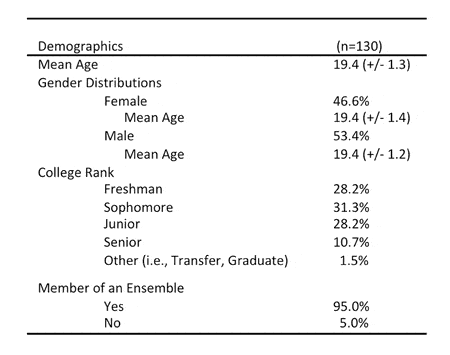NIOSH Study: Construction Workers at Especially High Risk for Hearing Loss
A NIOSH study highlights that construction workers face higher risks of hearing loss due to hazardous noise and chemicals, identifying key sub-sectors most affected and recommending strategies to reduce exposure.
Read More

